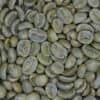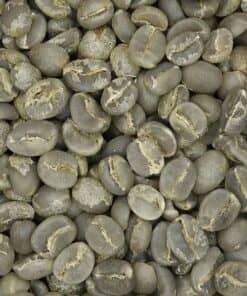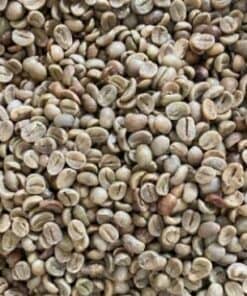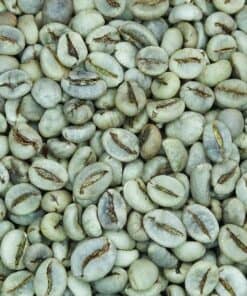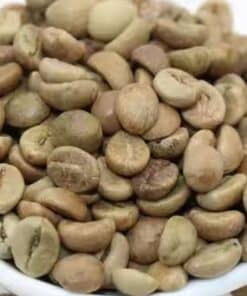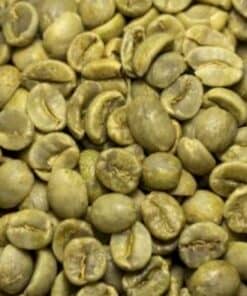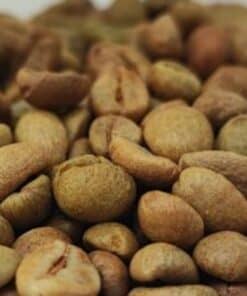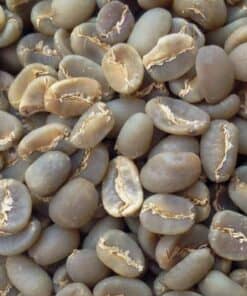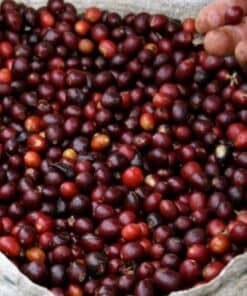Arabica Coffee Fully Washed Grade 2 – Vietnam Arabica
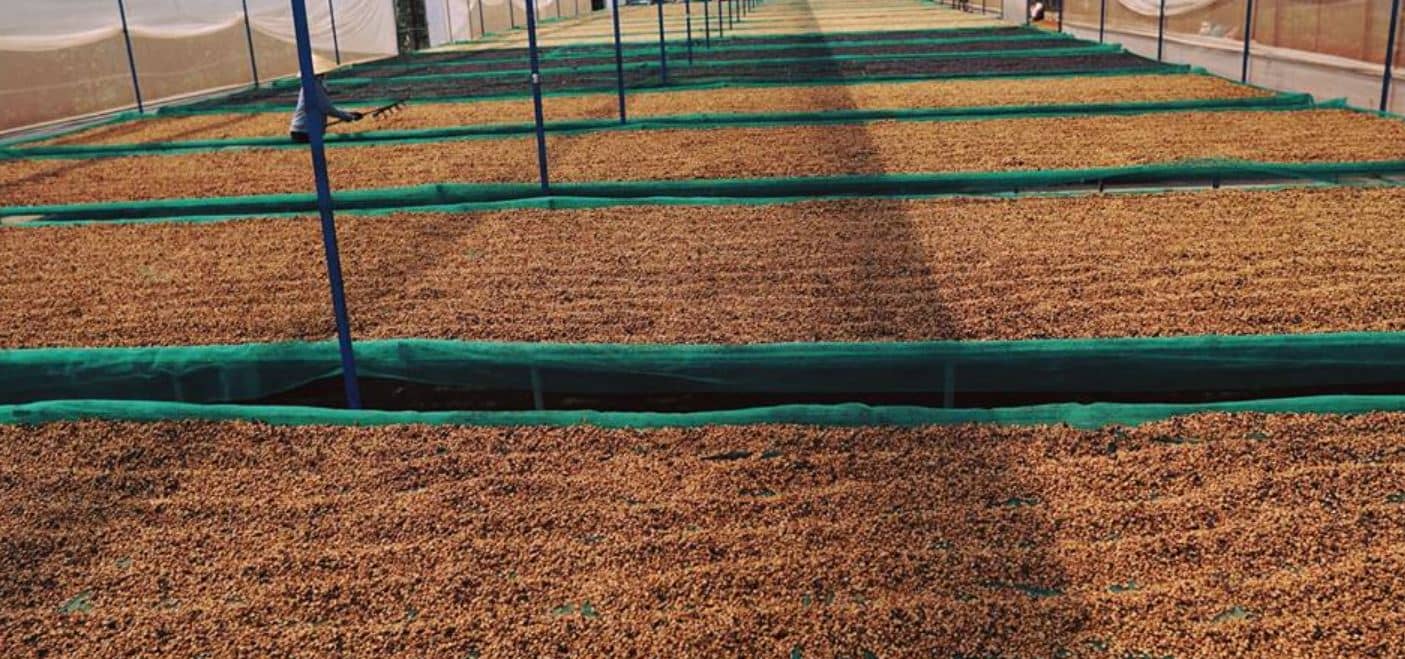
The wet processing method, commonly used for low-acid coffee varieties, involves several stages: rubbing the coffee cherries to separate the skin, soaking and fermenting the mucilage, and drying the beans to produce parchment coffee. This method is widely used in Central and South America, as well as East Africa.
Arabica Coffee Fully Washed Grade 2 – Commercial Arabica Coffee
Experience the bold flavors and aromas of this Grade 2 fully washed Arabica coffee. Processed using the wet method, these beans highlight the excellence of Vietnam’s coffee production.
Processing: The Wet Method for Arabica Coffee
The wet or fully washed method is known for its precision and quality. It includes removing the skin of the coffee cherry and pulping the mucilage after harvesting. This labor-intensive process requires careful fermentation, washing, and drying stages to preserve the coffee’s intrinsic qualities.
For Grade 2 Arabica, ripe cherries undergo thorough sorting. After sorting, the beans are depulped, fermented, washed, and carefully dried to a moisture content of 12.5%. This meticulous process unlocks vibrant acidity, a rich body, and distinctive flavor notes.
Tasting Notes: The Flavor Profile of Arabica Coffee
Expect a balanced cup with aromas of ripe berries, caramel, and citrus. The flavor is smooth, medium-bodied, with notes of sweet chocolate, toasted nuts, and a bright acidity reminiscent of stone fruits. While not as refined as specialty coffee, this Grade 2 Arabica offers a consistent and enjoyable experience, perfect for daily use or in cafes and roasteries.
Origin: Sourced from Vietnam’s Lam Dong Province
These fully washed Arabica beans come from the fertile highlands of Vietnam’s Lam Dong province. The region’s cool climate, high elevation (over 1,150 meters), and volcanic soil nurture the Arabica plants, allowing the cherries to develop rich, complex flavors.
Roasting Potential: Versatility for Roasters
With a moderate acidity and well-rounded profile, these Grade 2 Arabica beans can be roasted to a light or medium roast to enhance their bright, fruity notes. They can also be roasted to a dark profile for a deeper, bittersweet chocolate and caramel flavor. This versatility makes them a great choice for commercial roasters and home coffee enthusiasts alike.
Understanding the Wet Processing Method for Arabica Coffee – Grade 2
The wet processing method is a more complex process compared to dry processing. It requires advanced machinery and is used primarily for high-quality Arabica beans. This method preserves the natural acidity of the coffee, which is highly valued by coffee enthusiasts.
Arabica Coffee Wet Processing Steps
2.1 Classification of Arabica Coffee
Before processing, Arabica cherries are sorted to ensure only the best berries are used. They are then soaked in water for grading, where underripe or damaged cherries float, while ripe cherries sink.
2.2 Removing the Coffee Pods
The thick skin of the Arabica cherry is peeled off before fermentation to prevent off-flavors. This stage is crucial to ensure the quality of the beans.
2.3 Fermentation and Removal of Mucilage
After peeling, the beans are soaked and fermented in water to remove the mucilage. The fermentation process requires careful attention to avoid negatively affecting the flavor.
2.4 Washing and Drying
Once fermentation is complete, the beans are washed to remove impurities. The beans are then dried, typically in the sun, to preserve their flavor. Sun-dried beans tend to have superior taste compared to those dried in a machine.
Certifications
- Rainforest Alliance Certified
- Fairtrade Certified
- USDA Certified
Discover the Unique Aromas of Vietnamese Arabica Coffee
Vietnamese Arabica coffee, grown in the highlands of Cau Dat – Da Lat, offers exquisite flavors. The region’s cool climate and fertile soil allow the beans to develop a refined and aromatic taste, making them distinct from Robusta coffee.
The Cau Dat Region: Ideal for Arabica Coffee
Located in Lam Dong Province, Cau Dat’s high elevation and consistent climate provide the perfect environment for Arabica coffee cultivation. The region produces high-quality beans with minimal pest issues, ensuring exceptional flavor.
Climate and Soil Conditions
Cau Dat’s climate and fertile volcanic soil create optimal conditions for coffee growth. The region’s temperatures range from 5°C to 33°C, allowing the beans to develop complex flavors with mild acidity and subtle bitterness.
Discover Cau Dat’s Arabica Coffee
Cau Dat’s coffee plants thrive in this ideal environment, producing up to 20 tons of fresh cherries per hectare, far surpassing the productivity of many other regions. This exceptional output results in high-quality beans that have earned Cau Dat a reputation for producing some of the best Arabica coffee in Vietnam.


